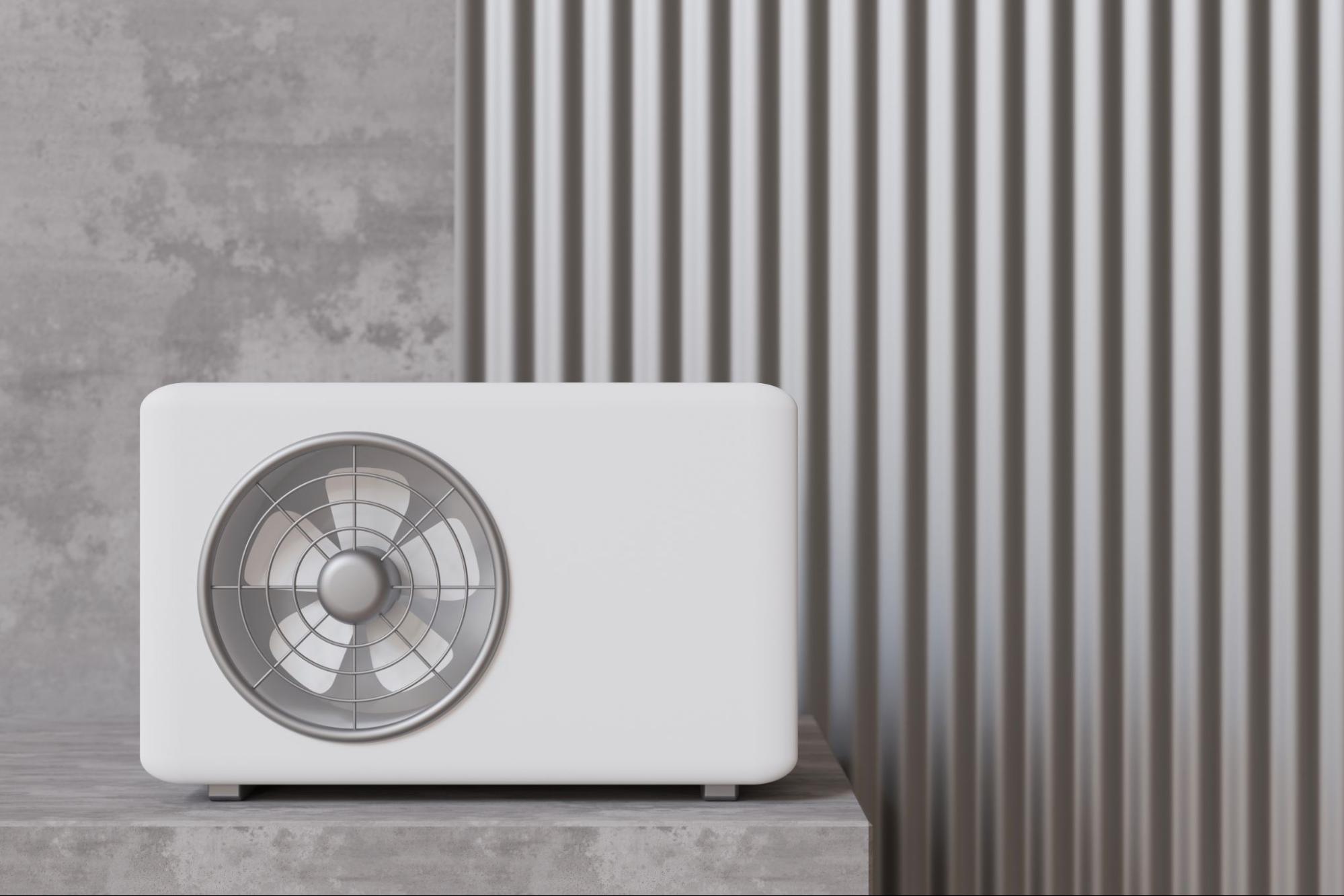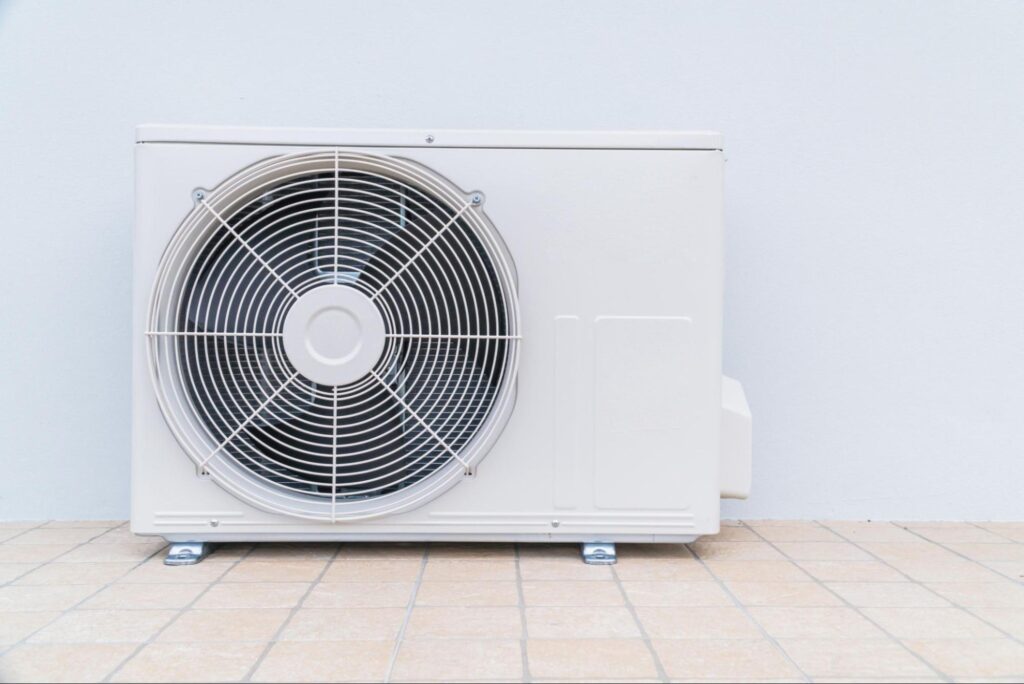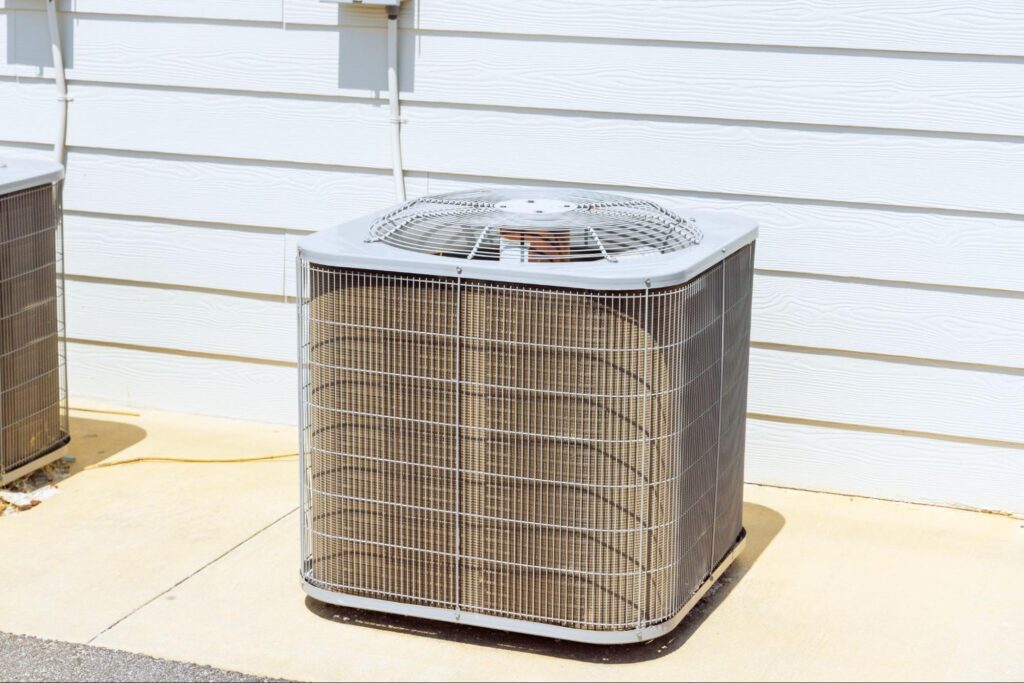Mini Splits vs. Central AC: Which Is Right for Your Home?
Mini Splits vs. Central AC: Which Is Right for Your Home? BrandRep 2:45…

Choosing how to cool your home isn’t just a matter of brand or tonnage. It’s about control, efficiency, installation realities, and how well the system fits your rooms and routines. A mini split installation promises flexible zoning without ductwork, while central AC uses a single, hidden network to condition the entire house. The correct answer depends on how your home is built, how you live in it, and what you value most—quiet, cost, comfort, or aesthetics. Here’s a practical, step-by-step way to compare them so you can invest with confidence.
Comfort is more than a number on the thermostat. With mini splits, each indoor head reads and serves its own zone, so the sun-soaked den can run cooler while the lightly used guest room coasts. That precision delivers steadier temperatures and better humidity control because the system can modulate instead of cycling hard on and off. Central AC can absolutely feel great when ducts are tight, airflow is balanced, and returns are well placed, but older duct systems often leave hot and cold pockets that zoning must later correct. If room-by-room tuning matters to you, mini splits offer a native advantage.
High seasonal efficiency ratings are impressive, but performance in your home depends on duty cycle and losses. Mini splits avoid duct losses entirely in attics and crawlspaces, which can be substantial in older homes. Their variable-speed compressors sip power during partial-load hours, which is most of the year in many climates. Central AC paired with a well-sealed, appropriately sized duct network can still be very efficient, especially with variable-speed air handlers—yet any leakage or poor insulation in the ducts erodes that edge. If ducts are questionable and upgrades are unlikely, mini-splits typically deliver higher efficiency.
Targeting only the spaces you occupy saves energy and arguments. Zoning also solves “problem rooms” caused by orientation, vaulted ceilings, or additions.
Each head has its own thermostat and fan profile, so comfort isn’t averaged across the whole house.
Unused spaces can idle gently instead of being cooled aggressively all day.
Personalized setpoints reduce constant adjustments that waste energy.
Installation is where systems diverge. Mini splits need wall or ceiling heads, a small outdoor unit, and line sets routed through discreet penetrations. Central AC relies on a complete duct network with sealing, balancing, and returns—simple when ducts exist and are healthy, complex when they don’t. In finished homes without ducts, mini-splits eliminate the need for major demolition and patching. In homes with good ductwork, replacing a central system is often faster and keeps equipment out of sight. Your tolerance for visible indoor units versus construction complexity will steer this choice.
Line sets and condensate lines are installed with tiny openings, not full chases and soffits.
If ducts are already efficient, leveraging them is typically cost-effective.
Wall cassettes are visible; registers are subtle. Decide which visual you prefer.
Sticker shock can be misleading without context. A multi-zone mini split system may cost more upfront than a single central unit, especially if you’re covering many rooms with dedicated heads. But if you’re avoiding a new duct system—or eliminating duct losses—your operating costs can drop enough to change the math over time. Central AC replacement is often cheaper in homes with solid ducts, but hidden costs may arise if those ducts need sealing, resizing, or replacement. Continually evaluate both the first cost and the energy you’ll buy over the next ten to fifteen years.

Noise and airflow quality affect how “livable” a system feels. Mini splits run quietly at low fan speeds with sound centered in the rooms they serve. Central AC pushes air from remote blowers through registers; when balanced, it’s whisper-quiet, but whistling grilles and booming ducts reveal airflow issues that waste energy.
Variable indoor fans keep the conversation and sleep undisturbed.
Poorly placed supplies or returns create drafts and noise in central systems.
Avoid mounting indoor heads on walls that bake in the afternoon sun.
If your house never had ducts, the decision is simpler. Mini splits let you cool (and often heat) without carving paths for large pipes through finished spaces. For older cottages, mid-century gems, or attic conversions, they’re a surgical solution that preserves plaster, millwork, and your renovation budget. Central AC can be added with compact duct systems, but you’ll face soffits, chases, and finish repairs. The less invasive approach usually wins in terms of time and disruption.
Climate changes the calculus. In hot-humid regions, long, low-speed runtimes on mini splits wring out moisture and stabilize comfort. In dry heat, both systems shine when coils and condensers stay clean and airflow is tuned. In mixed or cold climates, many mini splits also heat efficiently, replacing or supplementing furnaces for shoulder seasons and even deep winter with cold-climate models. Central AC handles cooling only, so heating remains a separate decision.
Long runtimes at low speed reduce that clammy feeling without overcooling.
Select models maintain output at low outdoor temps, shrinking heating bills.
Dusty fins and filters degrade capacity quickly if neglected.
Both systems need care: filters, coils, and condensate lines must stay clean and clear. Mini splits place filters at each indoor head; they’re easy to access but must be checked more frequently because they’re capturing dust at the room level. Central AC gathers filtration at the air handler return, simplifying routine swaps but making duct cleanliness more important. Either way, scheduled maintenance protects efficiency and prevents nuisance leaks or freeze-ups.
Air quality rides along with cooling. Mini splits capture room dust at the source and can be paired with dedicated ventilation to bring in fresh air without wasting energy. Central AC can integrate higher-MERV filtration and whole-home ventilation more seamlessly, provided the duct system is sized to handle the added resistance. Your priorities—fine filtration, fresh air, or minimal complexity—should shape the design.
High-efficiency filters only help if the blower and ducts can handle the pressure.
Balanced fresh air keeps CO₂ and indoor pollutants in check.
Algae in condensate lines can create unpleasant smells and cause water damage if left unattended.
Smart thermostats for central systems coordinate schedules, setbacks, and dehumidification with a single brain. Mini splits include handheld or wall remotes and often app control per zone, allowing you to adjust bedrooms differently from living spaces. The key is setup: scenes and schedules must reflect your routine, or you’ll override them constantly and lose savings. Whether you choose one brain or many, keep control simple enough that the household actually uses it.
A few well-chosen time blocks beat a dozen rules you’ll forget to update.
Fan-only modes can undo moisture control on muggy days.

You don’t have to choose one system exclusively. Many homeowners keep central AC for the core of the house and deploy a single mini split for a stubborn bonus room, a glassy addition, or a home office with heat-spewing electronics. This hybrid approach avoids major duct rework while solving comfort outliers. It’s also a smart step toward future electrification if you plan to rely more on heat pumps over time.
New spaces often sit far from existing trunks and returns. Extending ducts can starve the central system, creating noise or pressure problems. A dedicated mini split serves the new zone without compromising the original distribution, and it can be sized precisely for the envelope quality and usage pattern of that space. For short-term rentals or ADUs, independent controls also simplify comfort and costs.
No system can overcome bad sizing or sloppy placement. Undersized heads will run hard and miss setpoints; oversized ones will short-cycle, leaving rooms cool but clammy. Avoid blasting air directly at occupants or placing heads where furniture blocks the flow. For central AC, verify the duct design and static pressure to ensure the air handler isn’t fighting a losing battle. Good design makes hardware look heroic.
Load calculations and measured airflow turn guesses into reliable comfort.
Supply air needs open paths to mix with room air, not bounce off obstacles.
Proper line set length and insulation protect capacity and efficiency.
Local incentives can tilt the decision, especially for high-efficiency heat pumps. Codes increasingly emphasize duct tightness, ventilation, and electrification readiness, so a project that aligns with those priorities may earn better inspections and long-term flexibility. If you expect to add solar, home batteries, or EV charging, consider how your cooling choice affects panel capacity and load management. A plan that sees three moves ahead saves money and headaches later.
If you have solid, well-sealed ducts and prefer a hidden system that conditions the whole home with a single thermostat, central AC remains a proven, comfortable choice. If you lack ductwork, want surgical control by room, or value the ability to heat efficiently with the same equipment, mini-splits are hard to beat. Most households land somewhere in the middle—keeping central AC for the main zones while using a mini split to fix the room that never feels right. Let your home’s construction and daily habits guide you, and choose the path that delivers quiet, balanced comfort with the least wasted energy. That’s the system you’ll forget about in the best possible way—because it just works.
Visit our Cantrell’s Heating & Air Conditioning blog to learn what type of air conditioning system is right for your home.
Mini Splits vs. Central AC: Which Is Right for Your Home? BrandRep 2:45…
What Every Homeowner Should Know About Air Conditioning Repair BrandRep 2:45 pm no…
How HVAC Installation Service Impacts Your Home’s Energy Efficiency BrandRep 2:45 pm no…